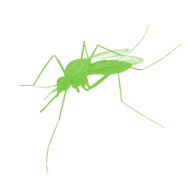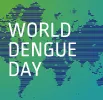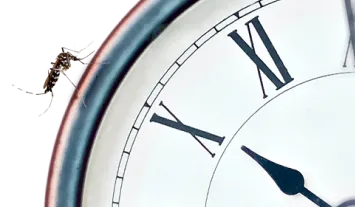It is time to make World Dengue Day official

Dengue is spreading

Dengue is the world’s fastest-growing mosquito-borne viral disease.4 A coordinated preventative effort is urgently needed.2,6
Despite current efforts, dengue continues to break records in many places including the Americas where there have been the highest number of dengue cases ever recorded in 2024.5
World Dengue Day could give the global fight against dengue one voice
Although World Dengue Day is widely backed by and recognized on 15th of June by the International Society for Neglected Tropical Diseases (ISNTD), Asian Dengue Voice and Action (ADVA) Group and dengue scientists around the world,6,7,10 it is not yet recognized by the United Nations. Your vote supports the application to make this day official.
This day would aim to raise public awareness of dengue as well as encourage collaboration of scientific research and government disease control policies across the world.6,7
Stronger together...
Past efforts have shown that communities are essential for successful and sustainable dengue control.8
Locals know their environment best and can be empowered to identify, monitor, and destroy mosquito breeding sites. Communities can help weave dengue preventative behaviours into their social fabric – a powerful way to effect lasting change.
“Communities play a major role in the success and sustainability of vector control. While coordination among many stakeholders is required, vector control is critically dependent on harnessing local knowledge and skills within communities.”
– World Health Organization9

References
Center for Disease Prevention and Control (CDC). Available at: https://www.cdc.gov/dengue/statistics-maps/data-and-maps.html. Accessed May 2024.
Guo C, et al. Front Cell Infect Microbiol. 2017;7:317.
European Centre for Disease Prevention and Control (ECDC). Available at: https://www.ecdc.europa.eu/en/dengue-fever/facts. Accessed May 2024.
Colón-González FJ, et al. Lancet Planet Health. 2021;5(7):e404-e414.
Pan American Health Organization (PAHO). Available at: https://www3.paho.org/data/index.php/en/mnu-topics/indicadores-dengue-en.html. Accessed April 2024.
Lam SK, et al. Lancet. 2012;379(9814):411-412.
Srisawat N, et al. PLoS Negl Trop Dis. 2022;16(8):e0010586.
World Health Organization (WHO). Available at: https://www.who.int/about/accountability/results/who-results-report-2020-mtr/country-story/2022/community-engagement-for-sustainable-dengue-outbreak-prevention-and-control. Accessed April 2024.
World Health Organization (WHO). Available at: https://www.who.int/activities/engaging-communities-to-sustain-dengue-vector-control. Accessed April 2024.
Asia Dengue Voice & Action Group. World Dengue Day. https://www.adva.asia/world-dengue-day-2021/. Retrieved May 2024.





















